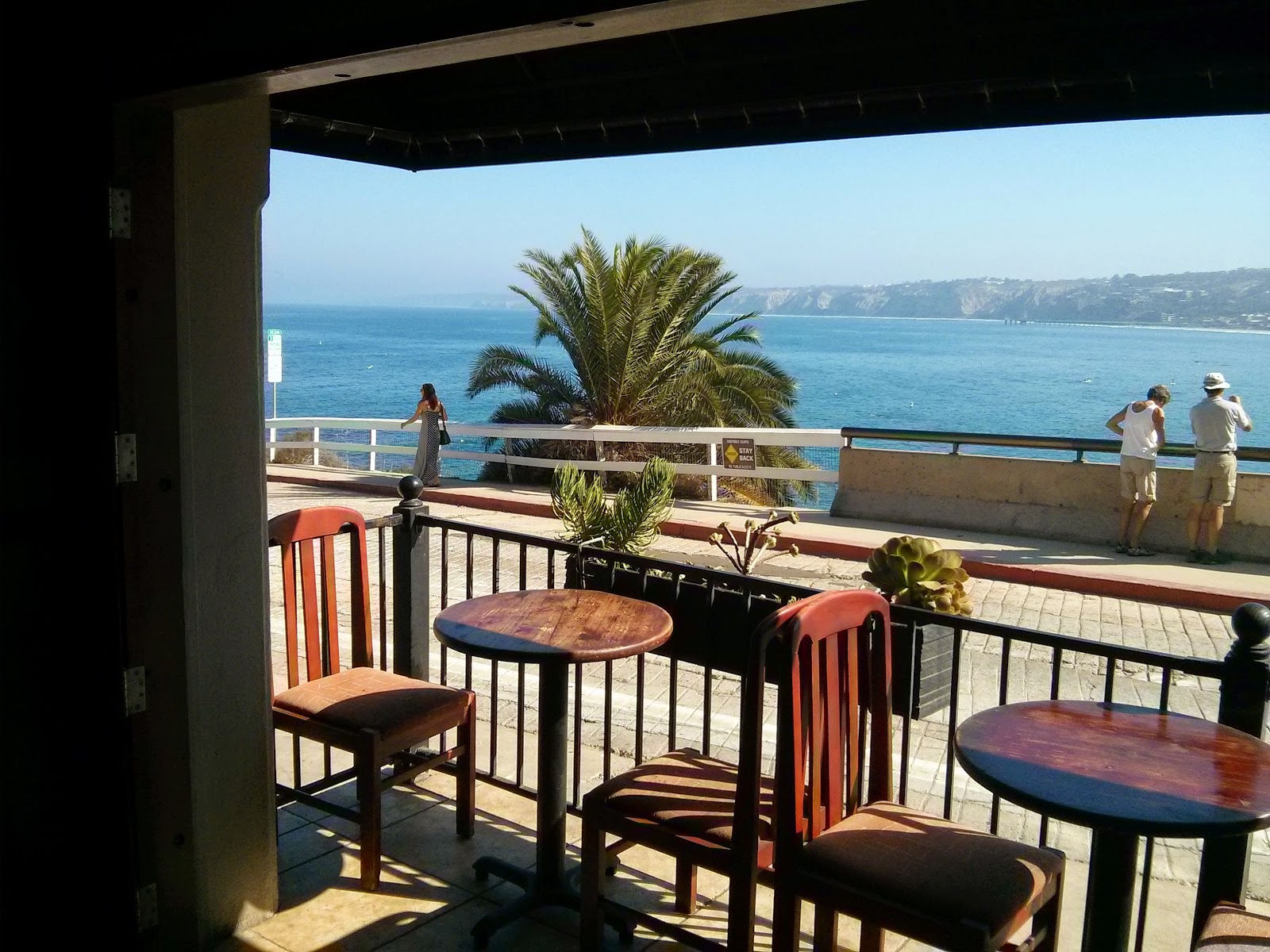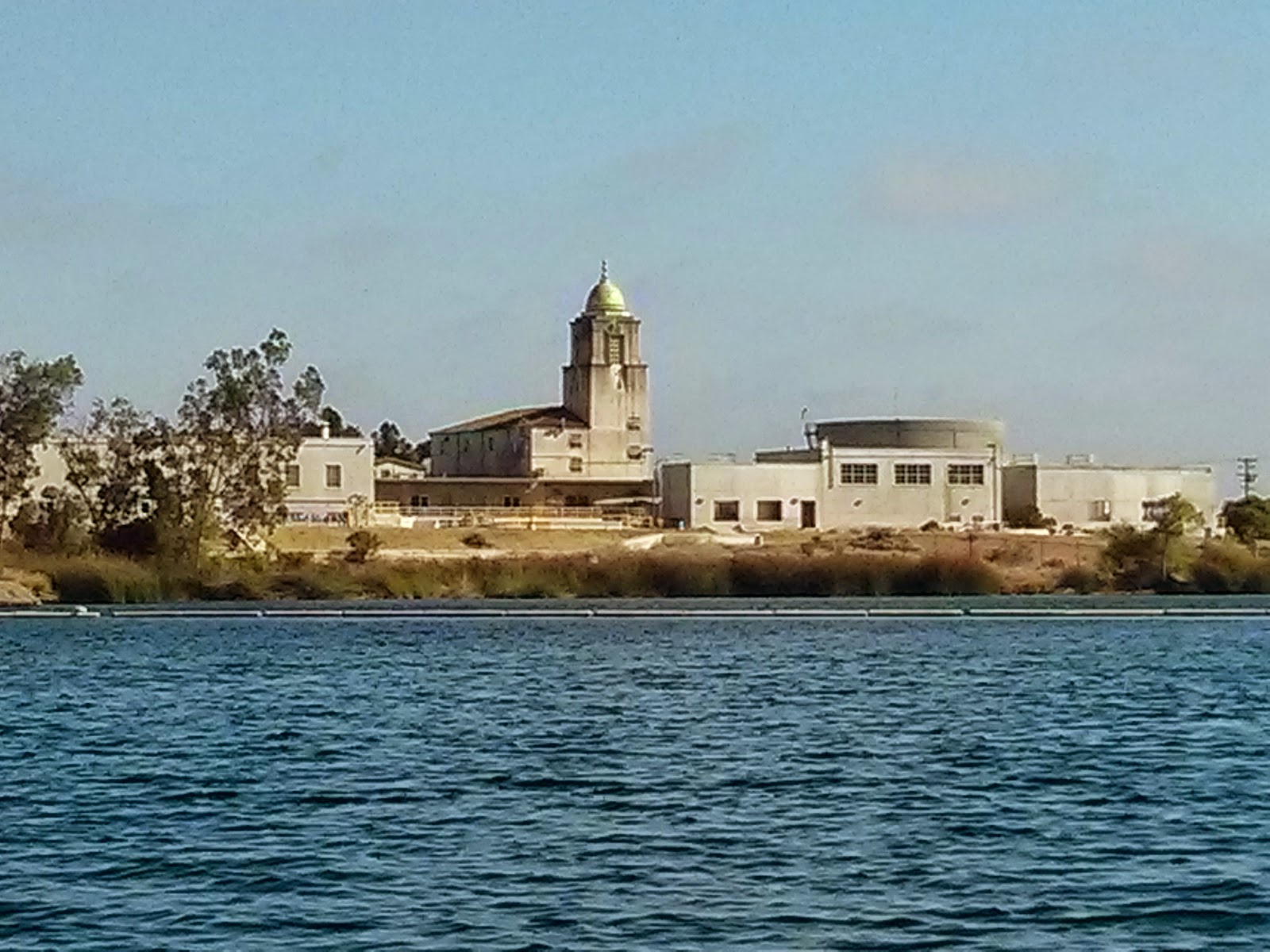 San
Diego is being filmed as one of the “World’s Smart Cities” creating international
buzz for innovation, craft beers, coastline, parks, and management. The program
will be aired internationally on the National Geographic Channel and raises
public awareness of the benefits to live, work and invest in San Diego.
San
Diego is being filmed as one of the “World’s Smart Cities” creating international
buzz for innovation, craft beers, coastline, parks, and management. The program
will be aired internationally on the National Geographic Channel and raises
public awareness of the benefits to live, work and invest in San Diego.
Modern
cities are known for their local industries and lifestyles. For example Seattle
and coffee, Detroit and cars, and Cancun and vacation are tied together in
consumer minds. Once these associations become embedded they will influence
consumer impressions in a way that leads to choices and in turn greater
economic activity.
Documentaries
not only help solidify those images but also raise awareness of other local
industries. San Diego may have great beaches but it also has a budding
bio-technology industry that would benefit from greater international exposure.
That exposure can lead to greater awareness of local investment opportunities.
San
Diego draws mental associations of beaches, military bases, and palm trees but
it has much more to offer. A documentary
on the advanced scientific industries in the area, craft beers, and parks adds
to that image and creates new information for people to recall when they think
about the city.
Consider
a person in Europe watching the program that knows little about San Diego but
is planning on adding a new investment to their portfolio. After watching
documentary on the city and learning about the rapidly growing scientific
community they decide to explore promising investment opportunities.
The same
can be said for viewers in Brazil who may be planning their next family
vacation. After seeing the images of parks, beaches, craft beers, and
restaurants they may just opt make San Diego their next vacation destination. A
single thought or feeling stemming from the images leads to purchasing
behavior.
Documentaries
such as this are only the tip of the iceberg. Once viewing the program people
will search out information related to their interests. Typing “San Diego” into
Google recalls pages on travel, city government, parks, and hotels. A similar
search on “San Diego Investment Opportunities” draws a Hodge Podge of real estate unrelated websites leaving potential
investors confused.
Capitalizing
on new exposure opportunities requires the ability of people to find the
information they need to make decisions that are beneficial to the city. Encouraging
greater search engine ranking of San Diego opportunities will rely on public
conversation in the form of video, text, websites, music, etc… that draw more
visitors and rank higher in search engine rankings.
As
public awareness about the city grows it takes on a form of marketing that can
lead not only to additional tourism but also to more investment capital. This
all spells growth for the city as that money makes its way into the local
hotels, restaurants, start-up businesses, and existing industry clusters.
Promoting San Diego promotes our economic opportunities. Getting in the
conversation can make all the difference.
Documentary:
The Worlds Smart Cities. 8PM, April 25th, May 2nd,
National Geographic Channel




